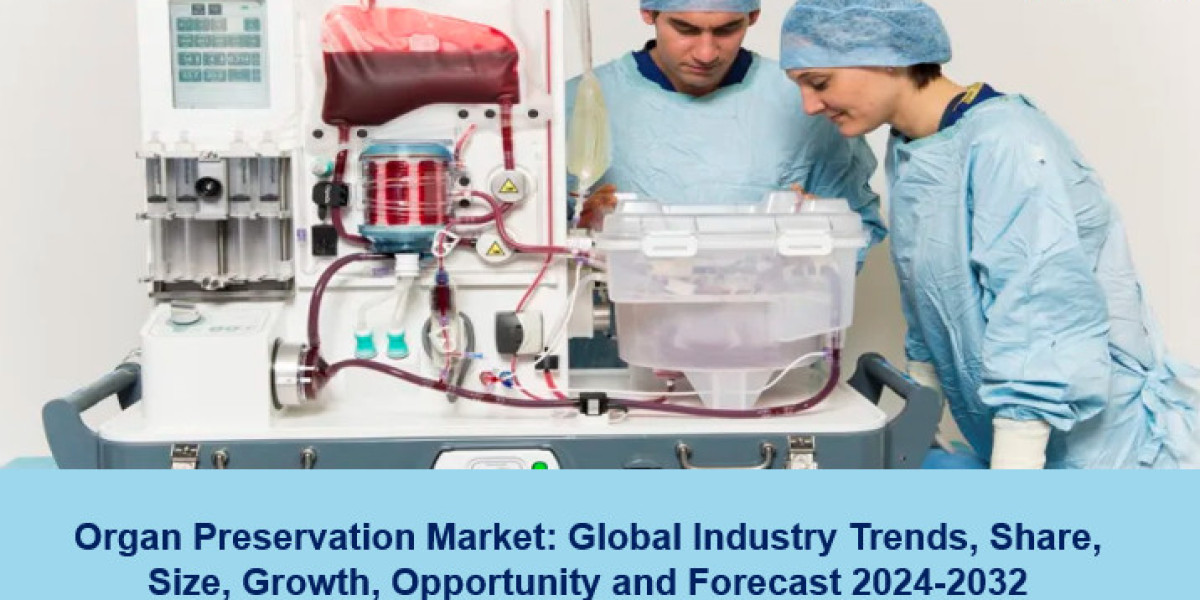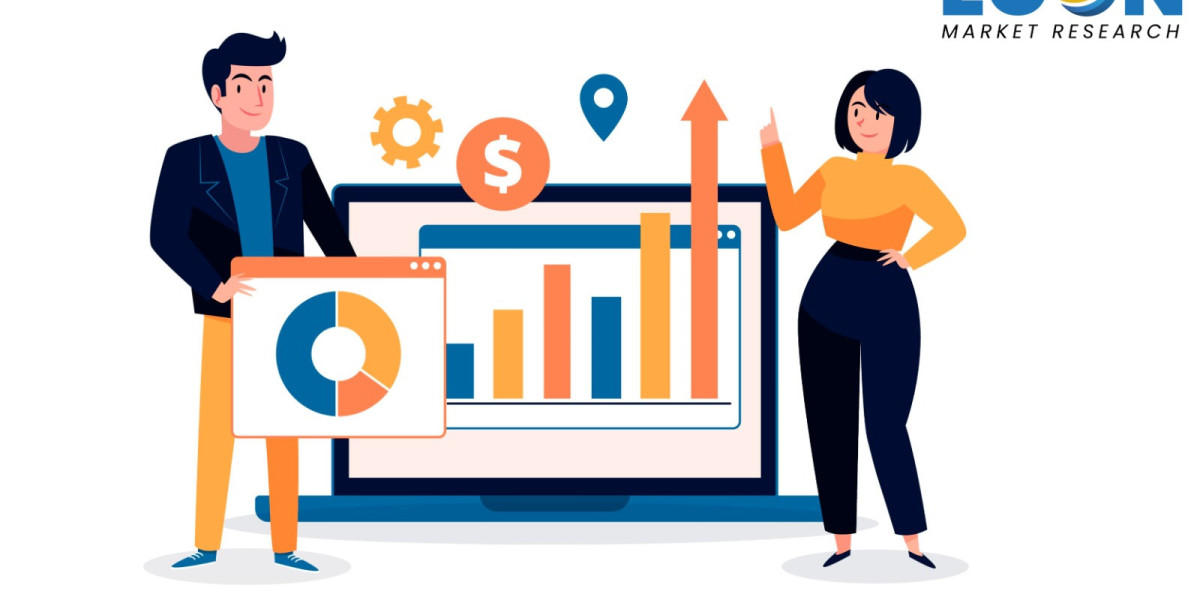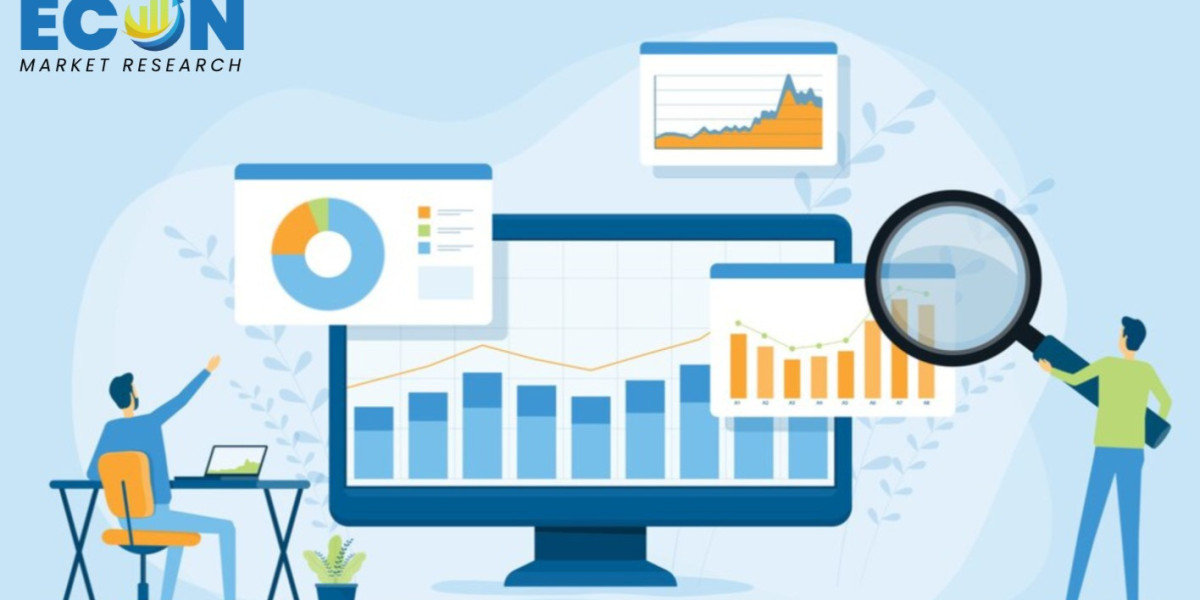IMARC Group's report titled "Organ Preservation Market Report by Preservation Solution (UW Solution, Custodiol HTK, Perfadex, and Others), Organ Donation Type (Living Organ Donation, Deceased Organ Donation), Technique (Static Cold Storage Technique, Hypothermic Machine Perfusion, Normothermic Machine Perfusion, and Others), Organ Type (Kidney, Liver, Lung, Heart, and Others), End-User (Hospitals and Clinics, Organ Banks, and Others), and Region 2024-2032", offers a comprehensive analysis of the industry, which comprises insights on the global organ preservation market trends. The global market size reached US$ 187.9 Million in 2023. Looking forward, IMARC Group expects the market to reach US$ 313.4 Million by 2032, exhibiting a growth rate (CAGR) of 5.7% during 2024-2032.
For an in-depth analysis, you can refer sample copy of the report: https://www.imarcgroup.com/organ-preservation-market/requestsample
Factors Affecting the Growth of the Organ Preservation Industry:
- Technological Advancements in Organ Preservation Solutions:
The continuous advancements in preservation solutions and techniques are contributing to the market growth. These innovations are enhancing the efficacy and safety of organ transplants. Improved solutions, such as machine perfusion systems, offer better organ storage conditions by maintaining a dynamic environment that mimics physiological states. This not only extends the viability of organs during transport but also improves the outcomes post-transplantation. Additionally, the development of specialized solutions tailored to specific organ types is pivotal as it helps to reduce cellular damage and increase the functional period of organs, which is critical for successful transplantations.
- Increase in Organ Transplant Needs:
The growing demand for organ transplants, driven by an increasing incidence of organ failure linked to chronic diseases, including diabetes and heart disease, is positively influencing the market. This rising demand is encouraging organ preservation as healthcare systems and providers seek more effective ways to manage organ transplant requirements. The growing awareness and improving efficiencies in organ donation processes are also contributing to this trend. As more people are becoming eligible for transplants due to advancements in medical practices that expand the criteria for transplant candidacy, the need to improve organ preservation techniques is increasing.
- Regulatory and Government Initiatives:
Governing bodies and regulatory agencies in many countries are playing a crucial role in supporting organ preservation through funding, research grants, and favorable policies. These initiatives aim to improve organ donation rates and streamline transplantation procedures. Additionally, policies that simplify the legal aspects of organ donation and enhance donor registration processes encourage more people to become donors. Additionally, increased funding for research into innovative organ preservation methods helps in developing more advanced technologies. These efforts collectively improve the overall efficiency of the organ transplant system, leading to better patient outcomes.
Leading Companies Operating in the Global Organ Preservation Industry:
- 21st Century Medicine
- Biolife Solutions
- Bridge to Life Ltd.
- Bristol-Myers Squibb
- Dr. Franz Köhler Chemie GmbH
- Essential Pharmaceuticals.
- Lifeline Scientific
- OrganOx
- Paragonix Technologies
- TransMedics, Waters Medical Systems
- Xvivo Perfusion
Organ Preservation Market Report Segmentation:
By Preservation Solution:
- UW Solution
- Custodiol HTK
- Perfadex
- Others
UW solution represents the largest segment due to its exceptional ability to preserve organs during transplantation procedures.
By Organ Donation Type:
- Living Organ Donation
- Deceased Organ Donation
Deceased organ donation represents the largest segment, as it allows for UW solution exhibits a clear dominance in the market due to its comprehensive ability to reduce cellular swelling and preserve multiple organ types.
By Technique:
- Static Cold Storage Technique
- Hypothermic Machine Perfusion
- Normothermic Machine Perfusion
- Others
Static cold storage technique holds the biggest market share attributed to its simplicity and cost-effectiveness in preserving organs.
By Organ Type:
- Kidney
- Liver
- Lung
- Heart
- Others
Kidney dominates the market, driven by their higher demand and frequency of transplants.
By End-User:
- Hospitals and Clinics
- Organ Banks
- Others
Organ banks account for the majority of the market share accredited to their pivotal role in managing organ donations, storage, and distribution efficiently.
Regional Insights:
- North America (United States, Canada)
- Asia Pacific (China, Japan, India, South Korea, Australia, Indonesia, Others)
- Europe (Germany, France, United Kingdom, Italy, Spain, Russia, Others)
- Latin America (Brazil, Mexico, Others)
- Middle East and Africa
North America dominates the market owing to the presence of an advanced healthcare infrastructure and a high rate of organ donation and transplantation activities.
Global Organ Preservation Market Trends:
The exploration of alternative preservation techniques, like ice-free cryopreservation utilizing vitrification, presents a groundbreaking approach. This method allows organs to be preserved at extremely low temperatures without ice formation, thus minimizing the risk of tissue damage compared to conventional methods. By extending preservation times from hours to days, this technology addresses logistical hurdles in matching donors and recipients over longer distances.
Moreover, there's a growing interest in personalized medicine approaches to organ preservation. Customizing preservation methods and solutions to match the condition of an organ or the genetic profile of the recipient significantly enhances transplant success rates. This tailored approach marks a significant advancement in organ preservation strategies.
Note: If you need specific information that is not currently within the scope of the report, we will provide it to you as a part of the customization.
About Us:
IMARC Group is a leading market research company that offers management strategy and market research worldwide. We partner with clients in all sectors and regions to identify their highest-value opportunities, address their most critical challenges, and transform their businesses.
IMARCs information products include major market, scientific, economic and technological developments for business leaders in pharmaceutical, industrial, and high technology organizations. Market forecasts and industry analysis for biotechnology, advanced materials, pharmaceuticals, food and beverage, travel and tourism, nanotechnology and novel processing methods are at the top of the companys expertise.
Our offerings include comprehensive market intelligence in the form of research reports, production cost reports, feasibility studies, and consulting services. Our team, which includes experienced researchers and analysts from various industries, is dedicated to providing high-quality data and insights to our clientele, ranging from small and medium businesses to Fortune 1000 corporations.
Contact US
IMARC Group
134 N 4th St. Brooklyn, NY 11249, USA
Email: sales@imarcgroup.com
Tel No:(D) +91 120 433 0800
United States: +1-631-791-1145 | United Kingdom: +44-753-713-2163



